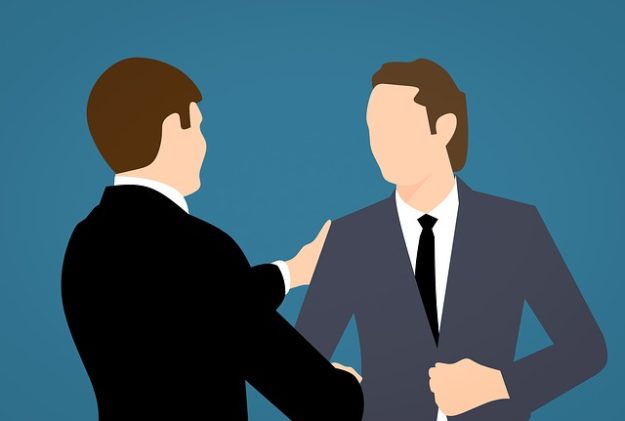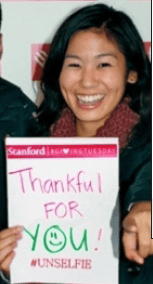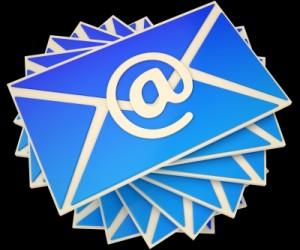4 Types of ‘PERSONAL’ Your Nonprofit Must Adopt Today
 Early in my career I received a piece of fundraising advice that has stuck with me to this day:
Early in my career I received a piece of fundraising advice that has stuck with me to this day:
People are all people.
And what do you do with people if you want to build a relationship?
You get PERSONAL!
In fact, if I had to tell you how to win over donors with just one word, “personal” is the word I’d choose.
This word should become your mantra and underscore everything you do. Your annual appeal writing. Your special events. Your newsletters. Your blog posts. Your proposals. Your reports. Your social media.
If you take just this one word to heart — PERSONAL — you’ll be leaps and bounds ahead of the competition.
This is the one word that can set you apart.
That can help you build relationships like nothing else.
Though we talk a lot about empathy and donor-centricity, truly valuable tools in building donor relationships, these terms are subsumed by the umbrella of the ‘person’ to whom they apply.
Make sense?
Today I’d like to flesh out the multiple meanings of this word, and discuss how getting personal can help you achieve your nonprofit fundraising and marketing goals.
This is something that has always mattered. Today, in an era of social distancing and striving for greater diversity, equity and inclusion, how we get personal and how we define people are more important than ever.

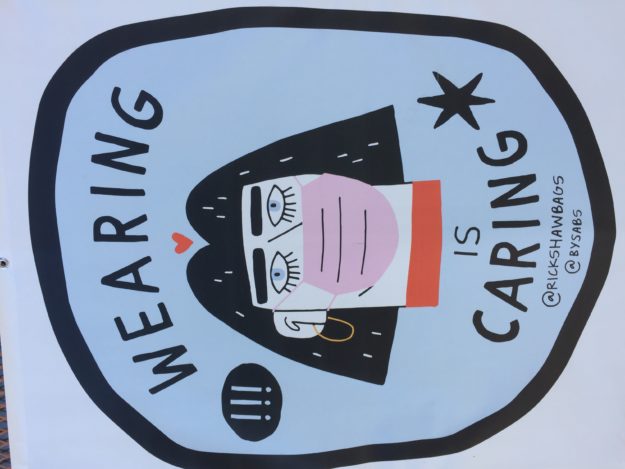
 During a crisis is no time to be passive. Build a list of audiences, prioritize contacts among those lists, and develop a step-by-step written PLAN to reach out. With updates, engagement opportunities, little gifts of content folks can use, and opportunities to contribute and make a demonstrable difference.
During a crisis is no time to be passive. Build a list of audiences, prioritize contacts among those lists, and develop a step-by-step written PLAN to reach out. With updates, engagement opportunities, little gifts of content folks can use, and opportunities to contribute and make a demonstrable difference.
 Is there a best way to raise money?
Is there a best way to raise money?
 For at least the past five years I’ve been actively encouraging nonprofits of all stripes to begin or ramp up their
For at least the past five years I’ve been actively encouraging nonprofits of all stripes to begin or ramp up their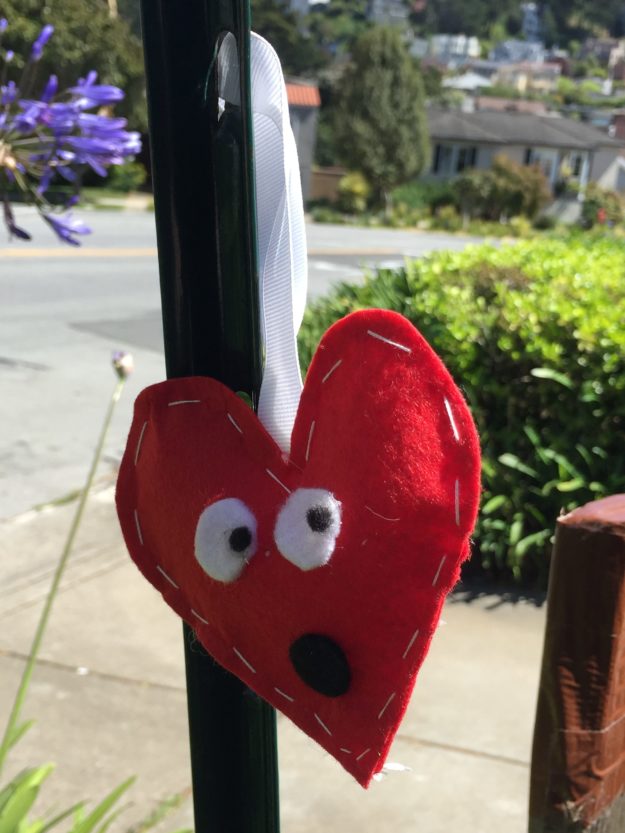

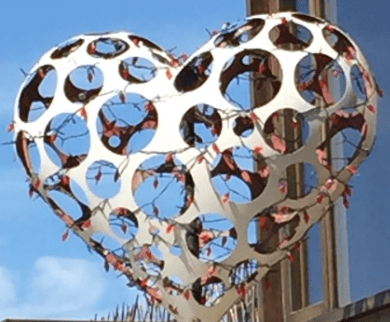
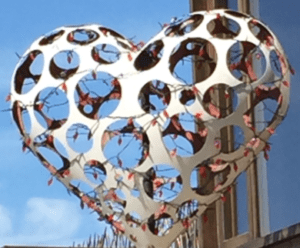 If you feel too busy to contemplate adding one more task to your plate right now, you’re not alone. A pandemic is no vacation!
If you feel too busy to contemplate adding one more task to your plate right now, you’re not alone. A pandemic is no vacation!
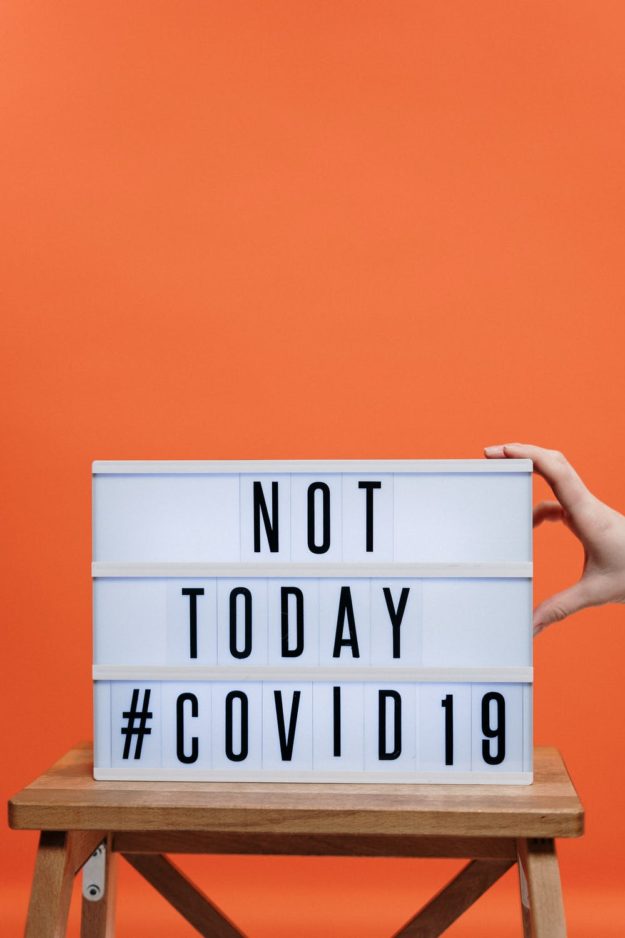
 Last week I shared a number of real-life examples from innovative nonprofits taking creative steps to connect meaningfully to their supporters during these trying times. While staying connected, some organizations are succeeding in stepping up both their marketing and fundraising communications to the next level.
Last week I shared a number of real-life examples from innovative nonprofits taking creative steps to connect meaningfully to their supporters during these trying times. While staying connected, some organizations are succeeding in stepping up both their marketing and fundraising communications to the next level.

 If you’re like me, chances are every other email in your inbox has something referencing coronavirus. You can’t ignore it, avoid it or wish it away.
If you’re like me, chances are every other email in your inbox has something referencing coronavirus. You can’t ignore it, avoid it or wish it away.
 Connection is essential, especially during challenging times. When the going gets tough, we yearn to commune with people who will support us… teach us… commiserate with us… empathize with us… calm us… distract us… … entertain us… enable us to support them… and more.
Connection is essential, especially during challenging times. When the going gets tough, we yearn to commune with people who will support us… teach us… commiserate with us… empathize with us… calm us… distract us… … entertain us… enable us to support them… and more.

 I’m excited to share three easy tips with you, and the results are measurable. Do these things and you’ll be able to tell if they impact your bottom line!
I’m excited to share three easy tips with you, and the results are measurable. Do these things and you’ll be able to tell if they impact your bottom line!
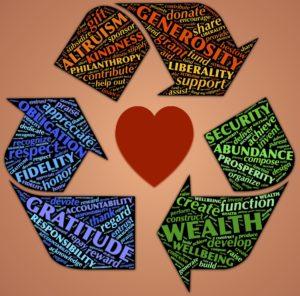 I find a widespread misunderstanding about the notion of what constitutes being donor-centered. It derives from two misconceptions:
I find a widespread misunderstanding about the notion of what constitutes being donor-centered. It derives from two misconceptions:
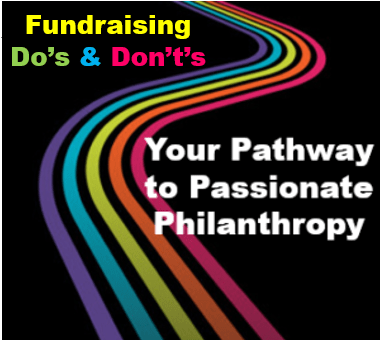

 This Thursday folks in the United States will celebrate what I consider to be the social benefit sector holiday of the year:
This Thursday folks in the United States will celebrate what I consider to be the social benefit sector holiday of the year:




 Do you have monthly donors, or a monthly donor program?
Do you have monthly donors, or a monthly donor program?

 Fighting the good fight for your nonprofit’s cause is what you do best.
Fighting the good fight for your nonprofit’s cause is what you do best.
 I recently listened in on a thoughtful webinar by Scot Lumpkin for
I recently listened in on a thoughtful webinar by Scot Lumpkin for 

 I’ve created for you a little “Declaration of Fundraising Independence” to help you become a fruitful philanthropy facilitator from this day forward.
I’ve created for you a little “Declaration of Fundraising Independence” to help you become a fruitful philanthropy facilitator from this day forward.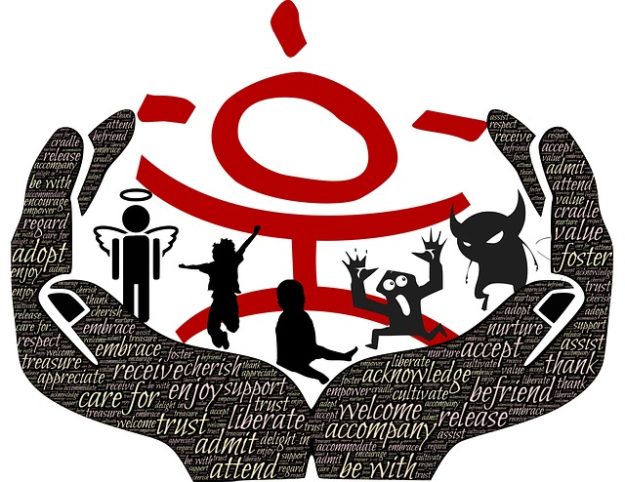
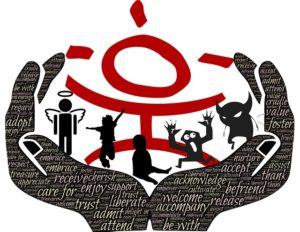 When people give to you for the first time, often they know very little about you. Perhaps they found you through a link on social media. Or organic search. Or through a friend who emailed them a link to your appeal.
When people give to you for the first time, often they know very little about you. Perhaps they found you through a link on social media. Or organic search. Or through a friend who emailed them a link to your appeal.


 You love your current donors, right?
You love your current donors, right?




